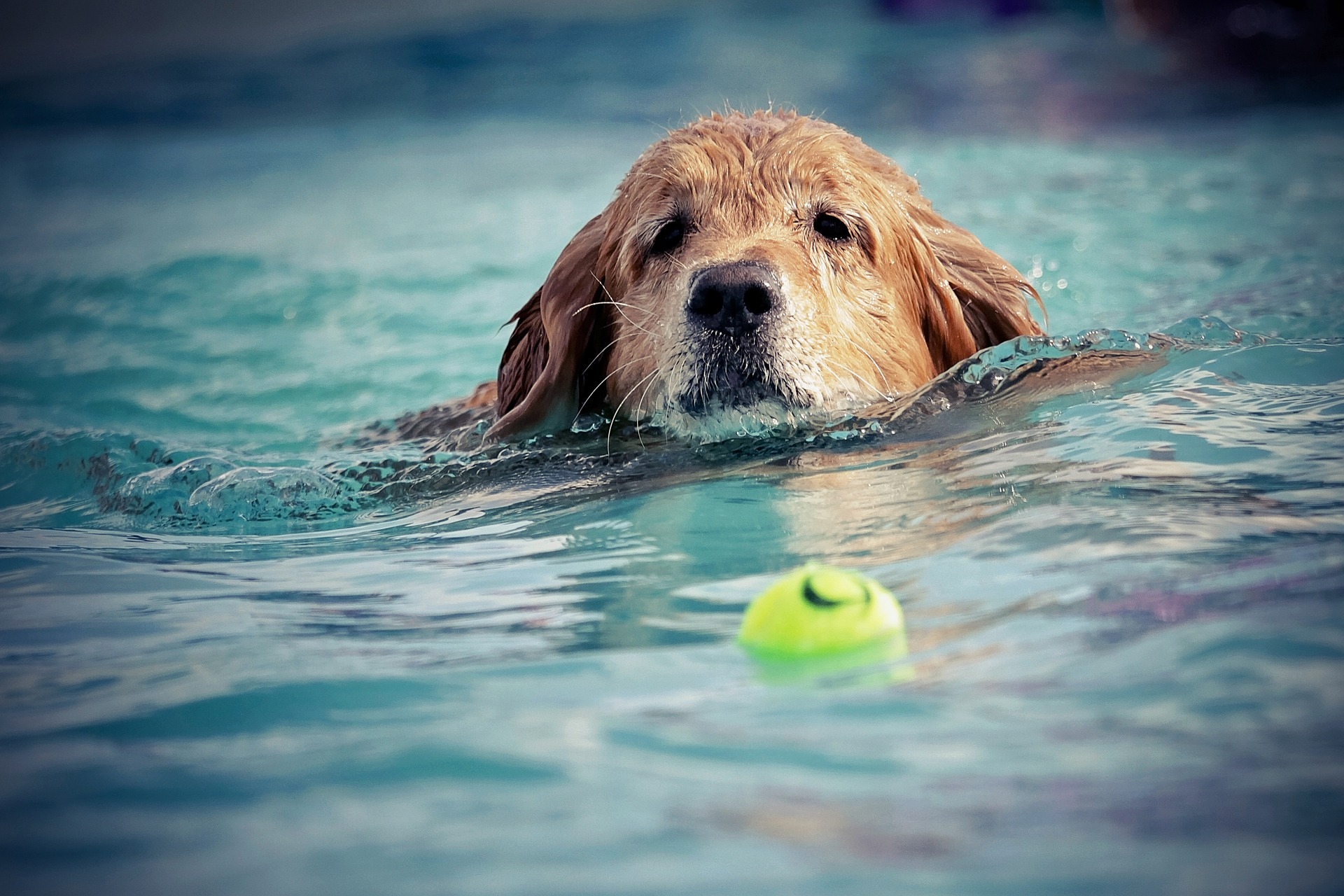You know that having a strong core is good for you. But did you know that it is also good for your dog?
A strong core goes beyond the doggy equivalent of a 6-pack. Daily tasks like sitting, standing, bending to pee and poo all require core muscles. The stronger they are, the more comfortable your dog and the less likely he will suffer a muscular injury. The core covers all the muscles that lie close to the center of the body. It stabilizes the trunk, spine and pelvis. A strong core is thus important for ALL dogs.
Benefits of core strength in dogs
1. Decreases incidence of injuries associated with osteoarthritis and other soft tissue issues.
2. Supports the back muscles, which in turn supports the entire body.
3. Maintains balance
4. Stabilizes lower back, allowing the pelvis, hips and lower back to work together smoothly
5. Enhances flexibility
6. Improves performance, coordination and posture
Signs your dog has a weak core
1. Poor posture such as a dippy topline
2. Poor balance. Check your dog’s balance. In a stand, lift each leg so your dog is standing on 3 legs.
3. Excessive sway in back end movement.
4. Difficulty transitioning from positions such as sitting to standing.
5. Inability to hold a sit stay or stand stay
16 Exercises to strengthen your dog’s core
Core exercises don't require specialized equipment. Here are some exercises you can do at home to give your dog a core of steel. 5-10 repetitions daily is a good start. Gradually increase repetitions. Remember to work on a non-slip surface.
Most important of all, make it fun!
1. Walking on uneven surfaces causes your dog to shift its body weight, engaging his core muscles. Build your own obstacle course using cushions and bedding.
2. Walking up and down hills.
3. Walking backwards. This exercise, while fairly simple, helps with balance and hindlimb strength.
4. Stand-stay. Hold position for up to ten seconds or longer.
5. While standing, using a lure, encourage the dog to turn its head in different directions to follow the food. Hold the treat at his shoulder and then his hip. Work both sides.
6. Leg lifts. Lift one leg for 5-10 seconds and then place it back on the ground. Rotate with each of your dog’s legs. As you dog becomes stronger, Increase the time for each leg lift. This is a good one for puppies – they learn spatial awareness and how their body fits into the world around them, as well as better balance.
7. Doggie Squats. Stand-Sit-Stand. The idea is that just when your dog is starting to sit, tell them to stand so they use those core muscles.
8. Sit-stand.-down. Changing positions is great for strengthening your dog’s core.
9. Cavalettis. Walk your dog over a series of raised surfaces. You can use a ladder or a series of boards and PVC pipes. This exercise requires your dog to lifts its hind legs over each surface improving strength, range of motion, balance and flexibility. These aren’t meant to be high obstacles. They are just high enough to get the dog to lift all four legs; it’s the stepping over action that’s important. Spacing for hurdles = height from your dog's withers to the ground
10. Figure 8s. Make smaller and smaller figure eights to increase the effort. This can also be performed between and around your legs.
11. Figure 8s on a hill. The slope and turning of the body in both directions works the core, balance and weight shifting. Do large figure 8s while trotting your dog on a hill.
12. Swimming
13. Crawling.
14. Cushion exercises (similar to using a balance disc). Have your dog place his front feet on a firm and puffy cushion. Raise the treat above his head and then side to side. Then do the same with his back legs.
15. Spins
16. Rollover. Do this in both directions.





